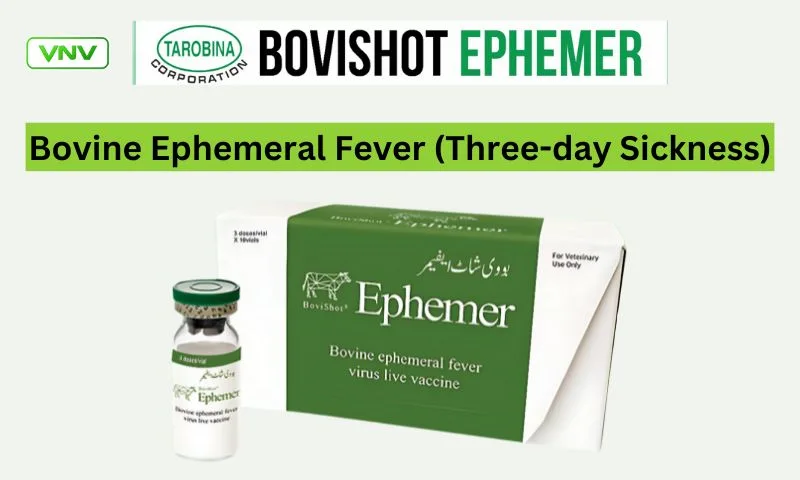Despite biosecurity measures and vaccination programs, Foot-and-Mouth Disease (FMD) continues to pose a significant threat to livestock worldwide. The primary reason behind these recurrent outbreaks is the highly mutable nature of the Aphthovirus, a member of the Picornaviridae family.
Genetic Complexity of Aphthovirus
Aphthovirus exhibits remarkable genetic diversity, with:
- Seven serotypes
- Each serotype containing multiple topotypes
- Each topotype further divided into lineages and sub-lineages
This extensive variability makes it challenging to develop long-term immunity through vaccination, as new variants frequently emerge.
Why Does FMD Keep Spreading?
The continuous evolution of this single-stranded positive-sense RNA virus follows several key mechanisms:
- High Mutation Rate Due to Lack of Proofreading:
- The RNA-dependent RNA polymerase enzyme lacks 3’ to 5’ exonuclease activity, which means the virus cannot correct replication errors.
- This results in a high mutation rate per replication cycle, allowing the virus to adapt quickly.
- Genetic Drift:
- Spontaneous mutations accumulate, leading to statistical genetic variations, a process known as genetic drift.
- The virus forms large, highly diverse populations, and only a few particles carrying new genetic variations are transmitted, driving further evolution.
- Genetic Recombination:
- Fragments of nucleic acid sequences from different genotypic strains can recombine, leading to new progeny with modified structural and non-structural proteins.
- Structural protein modifications affect the virus’s ability to enter host cells.
- Non-structural protein modifications can alter the virus’s virulence, making it more difficult to control.

Impact of Genetic Changes
- A 15-20% genetic modification results in a new topotype.
- A 7.5% genetic variation leads to the formation of a new lineage.
- A 5% genetic change establishes a new sub-lineage.
These rapid genetic shifts reduce the effectiveness of vaccines and contribute to repeated outbreaks.
Effective Strategies to Control FMD
To mitigate the impact of FMD outbreaks, a combination of the following strategies is crucial:
✅ Biosecurity Measures – Implementing strict hygiene protocols to prevent virus spread.
✅ Mass Vaccination – Ensuring timely and appropriate vaccination with updated strains.
✅ Early Culling – Removing infected animals promptly to limit transmission.
✅ Animal Movement Restrictions – Controlling livestock transportation to contain outbreaks.
✅ Advanced Laboratory Testing – Conducting PCR tests and virus sequencing for accurate identification and monitoring of new variants.
The Importance of Transparent Reporting
Accurate and timely reporting of FMD cases is vital for effective disease surveillance. Essential data should include:
✔️ Clinical symptoms
✔️ Vaccination status and type of vaccine used
✔️ Age of affected animals
✔️ Date of outbreak onset
✔️ Outbreak history in the region
✔️ Morbidity and mortality rates
✔️ Environmental conditions influencing virus spread
Key Takeaways
- FMD causes high morbidity in adult animals but is fatal in young livestock.
- When secondary infections occur, mortality increases across all age groups.
- Transparent disease reporting enhances early detection and prevention strategies.
By understanding the complex nature of FMD and implementing comprehensive control measures, we can work towards reducing its impact on the global livestock industry.